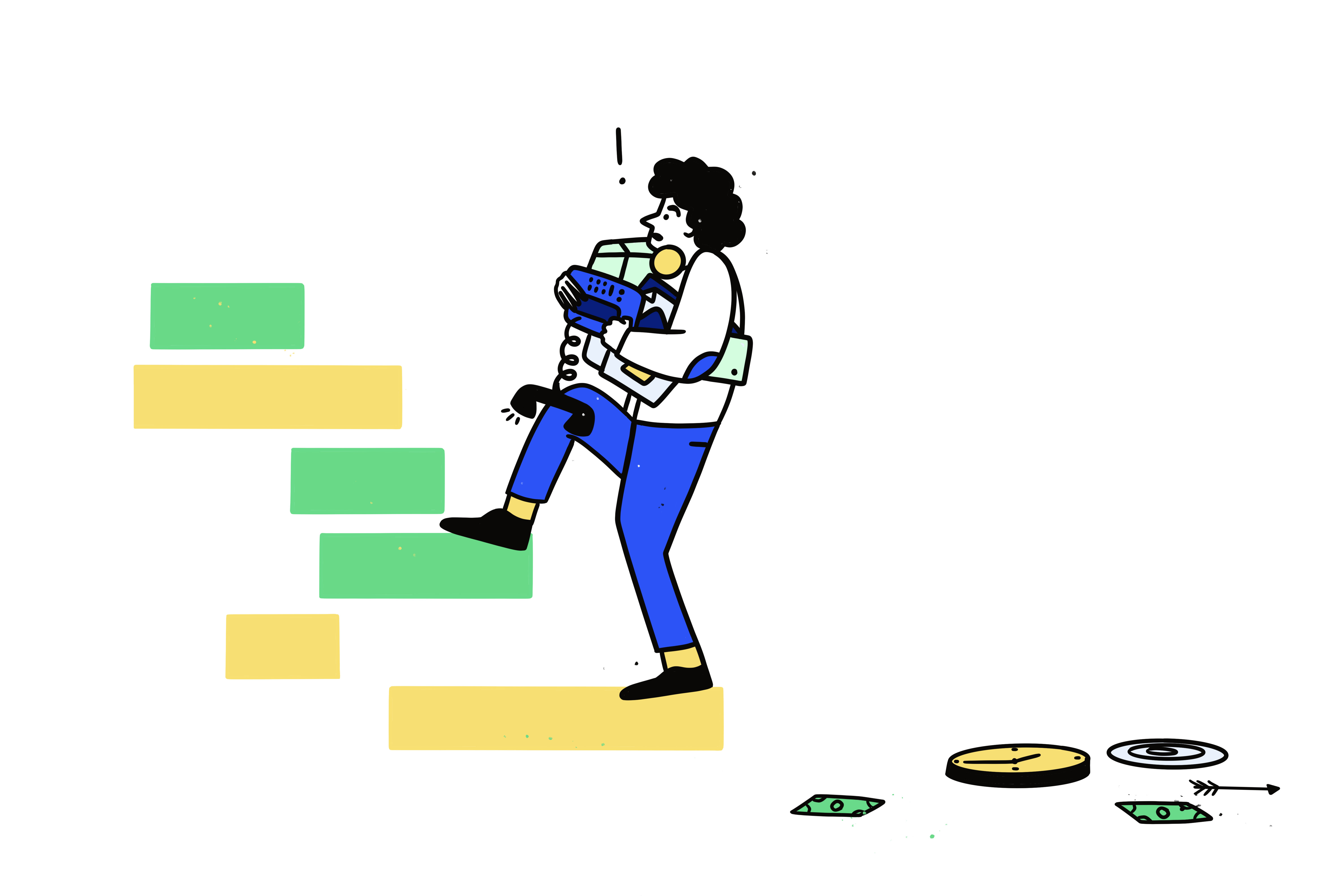The C-suite deck is built from the other types of reviews that have been discussed in earlier articles. This format utilizes information and formats established starting from the kick-off deck. It also incorporates through all of the updates that are reviewed in the steering committee desk. While other other formats happen weekly or bi-weekly, the C-Suite review should happen monthly or even quarterly.
The C-suite refers to the highest level senior staff in an organization. The “C” referees to the acronym normally indicated by their titles, such as “COO” = “Chief Operating Officer or “CCO” = “Chief Creative Officer” or “CTO” = “Chief Technology Officer”
The goal of these meetings is to give them a high-level status of the project(s) to ensure they are aligned with the company roadmap and are achieving the goal(s) for the organization. The at-a-glance information should be enough to convey all important status and open an opportunity for discussion on key points in the investment performance.
Table of contents
Best Agenda for a C-suite
The best agenda for a C-suite review will involve all of the key updates and key decisions made from the steering committee. The format should be consistent across projects so that it is easy for any feedback and decisions needed at this level to be made confidently and within the limited time these members can normally commit.
Project Overview
The C-suite deck has several of the same features that the other decks have, including an introductory slide of the project’s overall status. This should include all the same stoplights, sentiment, next major milestones, and should easily be built from the existing steering decks that have been created. As a result, this slide will have all of the key performance indicators from the schedule and how scope is being maintained, as well as the budget adherence.
Timeline
When reviewing this information in this meeting, it is also important to show the high-level timeline of the project. An indicator should always be shown as to where you are in the timeline the day of the meeting. This is important for senior leaders so they understand how far the project has progressed, as well as understanding how much is left to accomplish. This is a level setting technique that will prevent many different conversations on activities of the teams.
Budget
When we are showing the budget to the C-suite team, it is important to have actual dollar amounts that align to the P&L (profit and loss) expectations. For projects, this is normally set prior to the fiscal year and aligns to a capital expense item. The slide should show the key metrics of the budget, including: projected total spend for the project, how much has been spent, the remaining spend, and stop light of the current burn rate. Additionally, a brief log should be kept for any decisions made around the budget, such as reallocating or increasing funding.
Responsibilities
The C-suite review is normally led by the project manager and the main stakeholder responsible for the project’s success. This meeting may have a single or many projects to cover, so having the least number of participants in the conversation is beneficial. Each main stakeholder should be a qualified participant that can speak to the information in their portion of the review and contribute to on-the-fly conversations.
It is worth noting that the C-suite facilitator, often the project manager, ensures a message consensus. This could have been made from the steering committee team or even directly built from the steering committee deck. Having a unified view of the project will help mitigate any circumstances in which a senior leader happens to initiate a drive-by or in-passing conversation and help the team members share a consistent message and view of the project.
Do’s and Don’ts for a C-Suite Deck
| Do | Don’t |
|---|---|
| Have a consistent format for the C-suite to understand and review for all projects; including key decisions from the steering teams’ last touch point. | Have complicated messaging, deep details, or amounts of information that make the review take longer than 15 to 30 minutes. |
| Show a timeline to remind the leadership team of how much work has been done and how much is left to accomplish. | Give an extensive timeline that is too far away or too detailed as to not fit on one slide. |
| Include actual financial numbers relating to the budget and tracking against the P&L and your capital investment. | Have all of the transactions or individual roll up lines of the budget. |
| Have one to two qualified members who can talk to each review (usually the project manager and the main stakeholder). | Bring subject matter experts or entire teams into the conversation (keep the communication streamlined and focused). |
Use our toolkit

PROJECT MANAGEMENT – PRESENTATION DECK TEMPLATE
Apply the knowledge from this article to our powerpoint and google slides template. Everything you need to run successful project management meetings and presentations.

